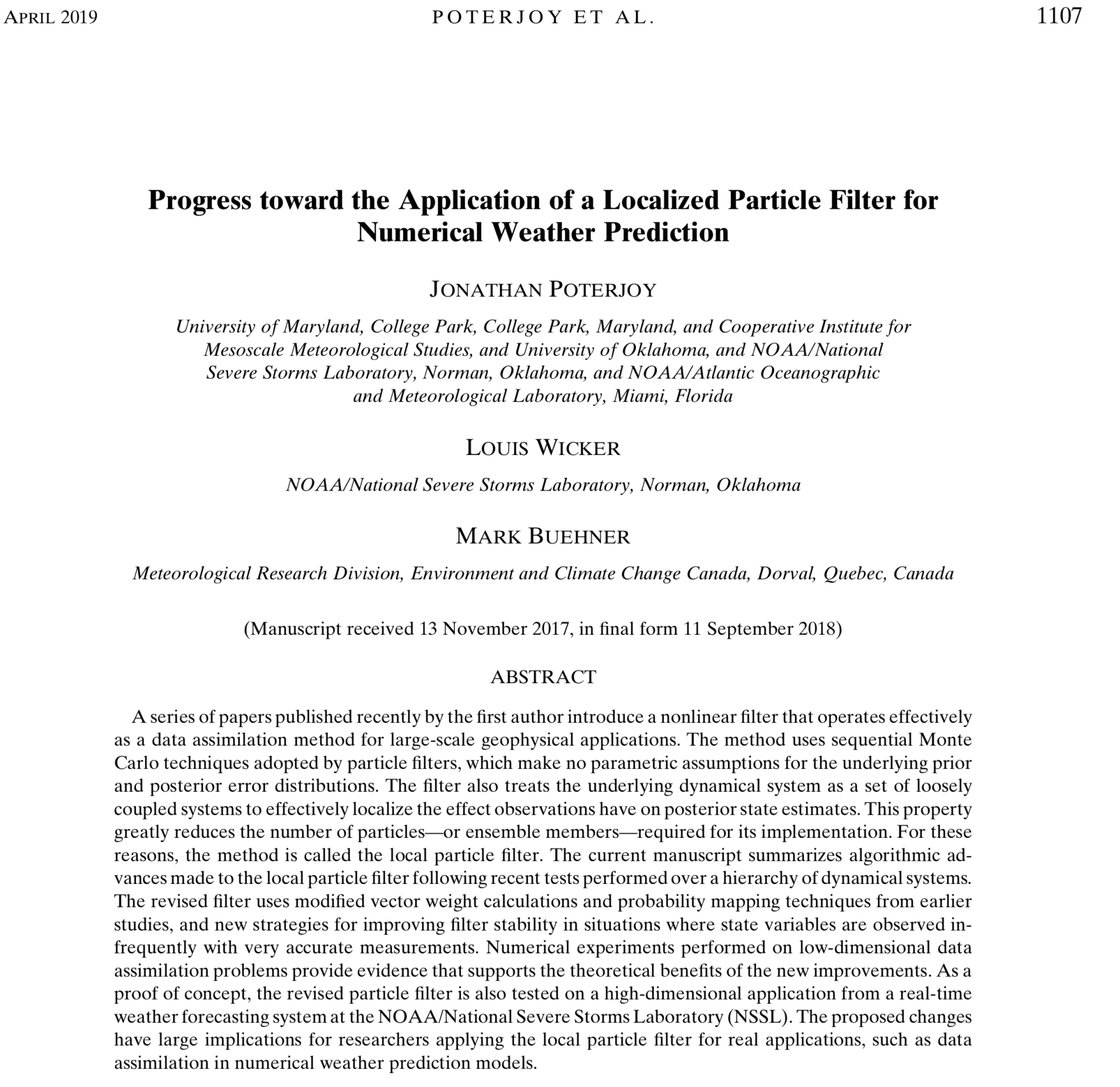Summary: Predicting the weather with 100% accuracy is an impossible task. Doing so would require full knowledge of the Earth system (the air, water, land, etc.) including the present state of the atmosphere (its wind, temperature, humidity, etc.). It would also require a complete understanding of everything that causes the weather. In reality, our understanding of the atmosphere – and the Earth system (the oceans, land, ice, etc.) as a whole – isn’t perfect, and neither are the measurements. Combining all this information into a weather forecast often requires many assumptions, which can limit how accurate the forecasts are. While we can, and should, continue to improve measurements and our understanding of the Earth system, this requires huge investments in research and technology. In the meantime, we can adopt clever ways to use the vast amount of information we already have. This study describes how forecasts may be improved by not making these assumptions as we currently do. We instead use a series of simple to complex examples to show a new way, in order to make long-term progress in forecasting weather events that are very hard to forecast, such as severe thunderstorms.

Read the full paper at https://journals.ametsoc.org/doi/abs/10.1175/MWR-D-17-0344.1.
